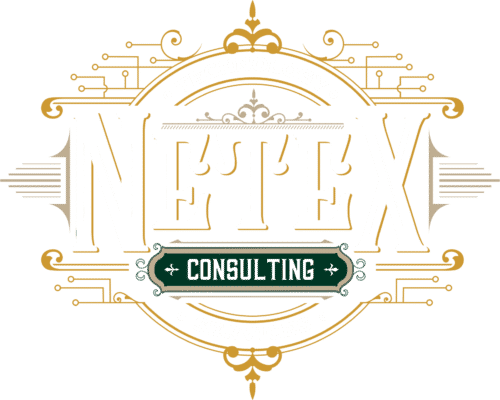Affordable, Reliable and Feature Packed Communication Systems
Telephones are an essential part of a business, but should not be a part of your companies wallet. We offer both new and used phone, PA and Paging Systems from name-brand manufacturers at affordable prices.
When selecting a phone system, it is important you carefully explore the features that each system has to offer, and that you pick and choose a system that closely fits your needs to avoid overpaying. Keep in mind, you may want to select features that you may possibly use in the future and evaluate whether or not it is more cost-effective to purchase them now or later.
The Costs – Cloud vs. On-premise
Telephones are an essential part of a business, but should not be a part of your companies wallet. We offer both new and used phone, PA and Paging Systems from name-brand manufacturers at affordable prices.When selecting a phone system, it is important you carefully explore the features that each system has to offer, and that you pick and choose a system that closely fits your needs to avoid overpaying. Keep in mind, you may want to select features that you may possibly use in the future and evaluate whether or not it is more cost-effective to purchase them now or later.
Telephones are an essential part of a business, but should not be a part of your companies wallet. We offer both new and used phone, PA and Paging Systems from name-brand manufacturers at affordable prices.When selecting a phone system, it is important you carefully explore the features that each system has to offer, and that you pick and choose a system that closely fits your needs to avoid overpaying. Keep in mind, you may want to select features that you may possibly use in the future and evaluate whether or not it is more cost-effective to purchase them now or later.
| 24-50 Extension Phone System Comparison | On-premise System | Hosted/Cloud VOIP Service |
|---|---|---|
| Cost | $2000-7200 depending on equipment selected. | $100-200 per extension (one time hardware cost)
$12.50/mo per extension (monthly) |
| Long-term expense | Maintenance and Repair costs are significantly higher. | Costs are higher over long periods of time |
| Features/Customization | Typically has more features than hosted solutions and can be customized to fit a customers needs | Customer has less control over features and software extensions, limitations are defined by the cloud provider. |
| Management | Long term expenses apply and can vary | All equipment is maintained by the hosting provider, the customer is only responsible for subscriber units (phones) and their own local network. |
| Reliability/Voice quality | As reliable as it is constructed and build. The end-user is required to | Dependent on internet connection, backup POTS (Plain old telephone service) lines cannot be used easily or without great expense. Cloud-based systems, however, are less likely to have failures due to equipment failure. |
| Portability | Newer on-premise VoIP systems allow multiple offices or remote offices to easily integrate. There may be more overhead in configuration but there are typically fewer expenses over a period of time. | Hosted solutions provide extreme portability with little configuration or setup on the customer’s behalf. They allow less control and customization, however. |
| Analysis | On-premise systems are ideal for larger companies that have Internal I.T. Staff or a manage voice solutions service plan (contact us now). | Hosted solutions provide extreme portability with little configuration or setup on the customer’s behalf. They allow less control and customization and monthly service fee’s tend to be slightly higher, without the need to maintain costly equipment. |
With almost every inquiry into a new phone system or upgrade, we receive a question along the lines of: “Should I go with a VoIP based phone system?”. A straightforward answer to this question is almost always VoIP. There are very few situations where we still see traditional, analog PBX systems in use. They do, however, serve their purpose in applications such as hospitality and industries where legacy compatibility needs to be maintained.
VoIP opens up a whole new world of possibilities via enhanced features and call control, such as:
- Use of existing networking infrastructure (Ethernet or WiFi) with no need to pull new cables
- The ability to connect multiple sites, and support for remote workers
- Integration with computer applications for logging, reporting and customer service applications
- Lower incoming and outgoing call costs
- Infrastructure and Subscriber units (phones) are much lower cost
- Easy to integrate with other equipment and legacy equipment – VoIP systems can integrate alongside existing analog systems
The Bottom Line
Virtual/Hosted PBX and on-site PBX systems are similar in many ways, but as you can see above have some unique differences.
Small Business
It is often best for a small company to start with a Virtual/Hosted PBX solution and then move to an on-premise solution as they grow.
Larger companies/multiple locations & special applications
Larger institutions and those with special needs almost always need a permanent, reliable and on-site solution. At the point you reach 40 extensions or more the amount of time needed for an on-site system to pay for itself is greatly reduced, and monthly operating expense is lowered.

